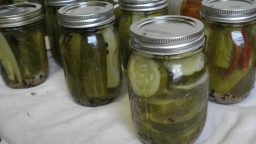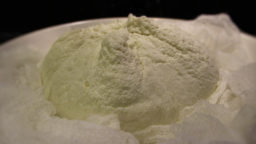There’s nothing quite as refreshing on a hot summer day as a nice, juicy watermelon.
Unfortunately, the watermelons you find in the supermarket are often conventional and even GMO. If you’d like to harvest some of your own this summer, you don’t need a whole field, you can grow them right in your backyard or porch!
Here’s how:
Container:
Watermelons will need a large, deep container, at least 2′ deep, so that it’s long taproot will have enough space to expand. Choose something sturdy as well, and with proper drainage.
Soil:
Watermelons like both sandy and loamy soil, with plenty of airy and well-drained substrate and a pH around 6-6.8. Well-composed animal manure is very helpful in achieving the right texture and soil nutrients for watermelon.
Propigation:
Due to the taproot of watermelon, it will need to be sowed directly into your container as it does not transplant well. Sow 3-4 seeds in one pot in the early spring, as soon as temperatures are above 65 degrees. It should sprout within 6-10 days, after that, choose the heartiest seedling and thin out the rests.
Placement:
Watermelons like lots of sun so be sure to place them somewhere they will get direct sunlight for at least 6 hours out of the day. They will also want to climb, so a sturdy trellis is very important. This can be placed directly in the pot once the plant is big enough to train up it, or you can place the pot at the bottom of a freestanding trellis.
Watering:
Watermelon, true to its name, is a very thirsty plant, so you will want to make sure it gets plenty of water and also is draining properly. Water at least once a day.
Care:
Fertilize accordingly for both growth and fruiting, and make sure to prune appropriately. This means removing any sickly or weak branches, and try to keep a central stalk by removing any extra branches as they sprout.
Harvesting:
Harvest time will vary from plant to plant, but it is typically around 30-50 days after flowering. When the fruit is ripe, it won’t look any different than the younger fruit, so you’ll have to “thump” the side of the fruit to see if it sounds dead and hollow; that’s how you know it’s ripe!
Enjoy!
If you enjoyed this, you might also like….
Can You Defend Your Family When SHTF?
Natural Healing Secrets You Need to Know…
Effective Primal Diet Hacks…










